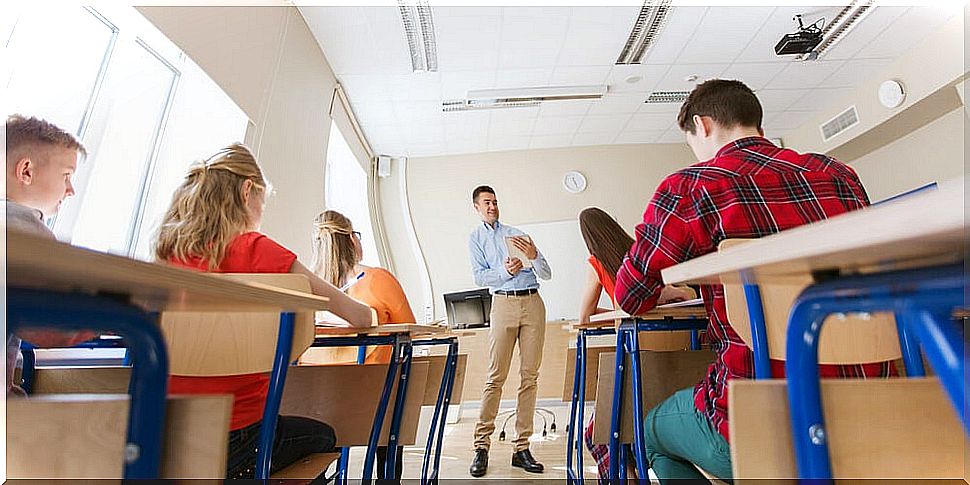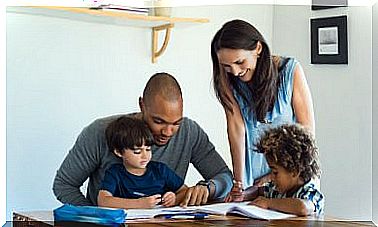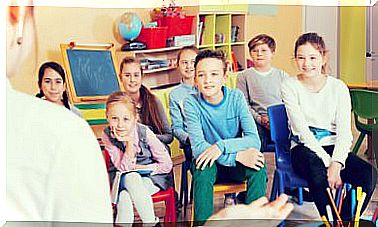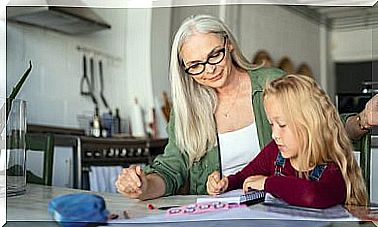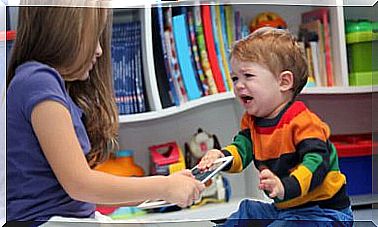How To Speak So That Your Child Thinks
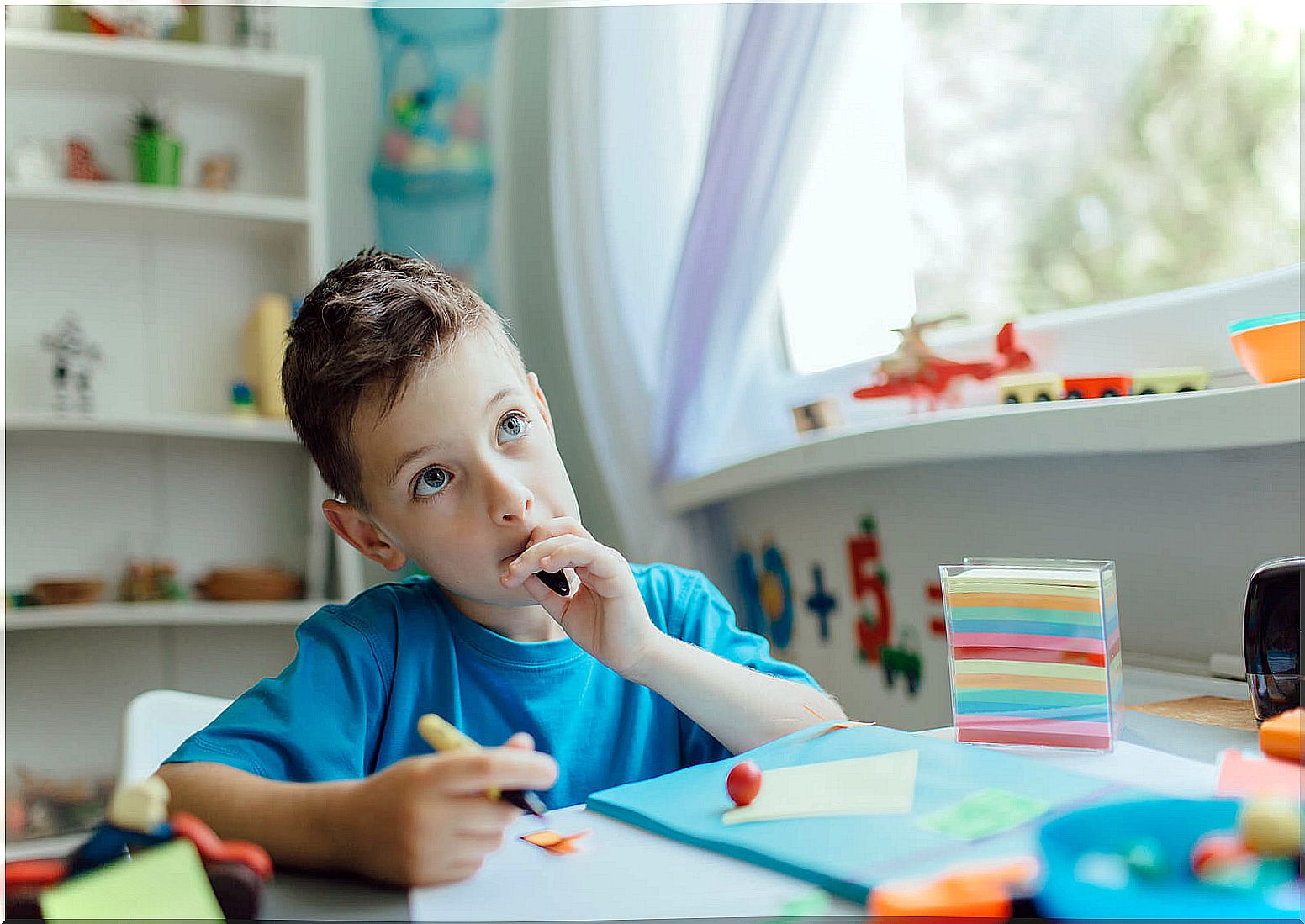
How to speak so that your child thinks and does it for himself? Are there any tools that can help? It seems that the educational value of the early childhood stage is no longer the subject of discussion for some years. In fact, teaching and learning to think is the primary objective of education in today’s society.
“ Teaching your child to think implies certain knowledge, procedures and attitudes : knowledge precisely about knowledge itself, thought, intelligence, metacognition, in a word; procedures, methods and strategies to develop intellectual capacities; attitudes of search, curiosity, admiration and satisfaction before the same mental activity, its processes and conquests ” . (García-García, E., 1994)
We are immersed in a society with continuous scientific, technological, economic, political changes, of new values and patterns of sociocultural behavior. Repetitive learning is not appropriate for children to function in this world.
Today’s society and human being need an education that develops the ability to learn, the ability to think. That is why learning to learn and learning to think are priority objectives.
In this way, it is necessary to develop in each person the ability to learn and think for themselves, enhance the intellectual and moral autonomy of the individual and respect for that same autonomy in others. In addition, it is essential, when teaching and learning to think, not to establish “in advance” limits to people’s mental capacities.

Is there a formula when talking to make your child think?
Parents and educators are challenged to enable children to learn more complex and flexible thought processes, and to be able to express and bring those thoughts to consciousness to make decisions about their relevance in various contexts.
In order to achieve this, in most cases, it involves a change in the intentions of parents or educators so that their intervention is directed towards children learning to make their own decisions in a more conscious way.
During this stage, and practically from the first year of life, the child appropriates different procedures for planning and regulating his own behavior. It is, then, when children learn the basic procedures of play, expression and communication or knowledge of their immediate environment.
The different means of knowledge or experiences in which the contents of this stage are organized can favor us when designing global, interesting and sufficiently complex activities so that children, helped by their parents and educators, increase their capacity to act thoughtful.
As an example
If you look at the environment related to your child’s physical and social discovery, you can develop activities from the formation of interesting questions that allow the child to establish possible courses of action to solve them and that lay the basis for learning to plan and regulate their own performance. This will undoubtedly contribute to the further development of metacognitive skills.

The activities that allow reflective use in the field of communication and representation are particularly exemplary. Thus, an analysis of the manifestations of different states of mind could be carried out with the little ones through short videos, images or stories and, later, ask them how they feel at that moment, why they think they feel that way, and endless questions.
The reflection on different situations of communication with parents or educators contribute to the development of strategic thinking and planning skills and regulation mentioned above, moreover, closely related to language development in infants.
If you are willing or willing to talk so that your child thinks, do not hesitate and get to it. With the example above, you have access to a multitude of ways to encourage self-thinking in your children. Go ahead and do it with your little one!
